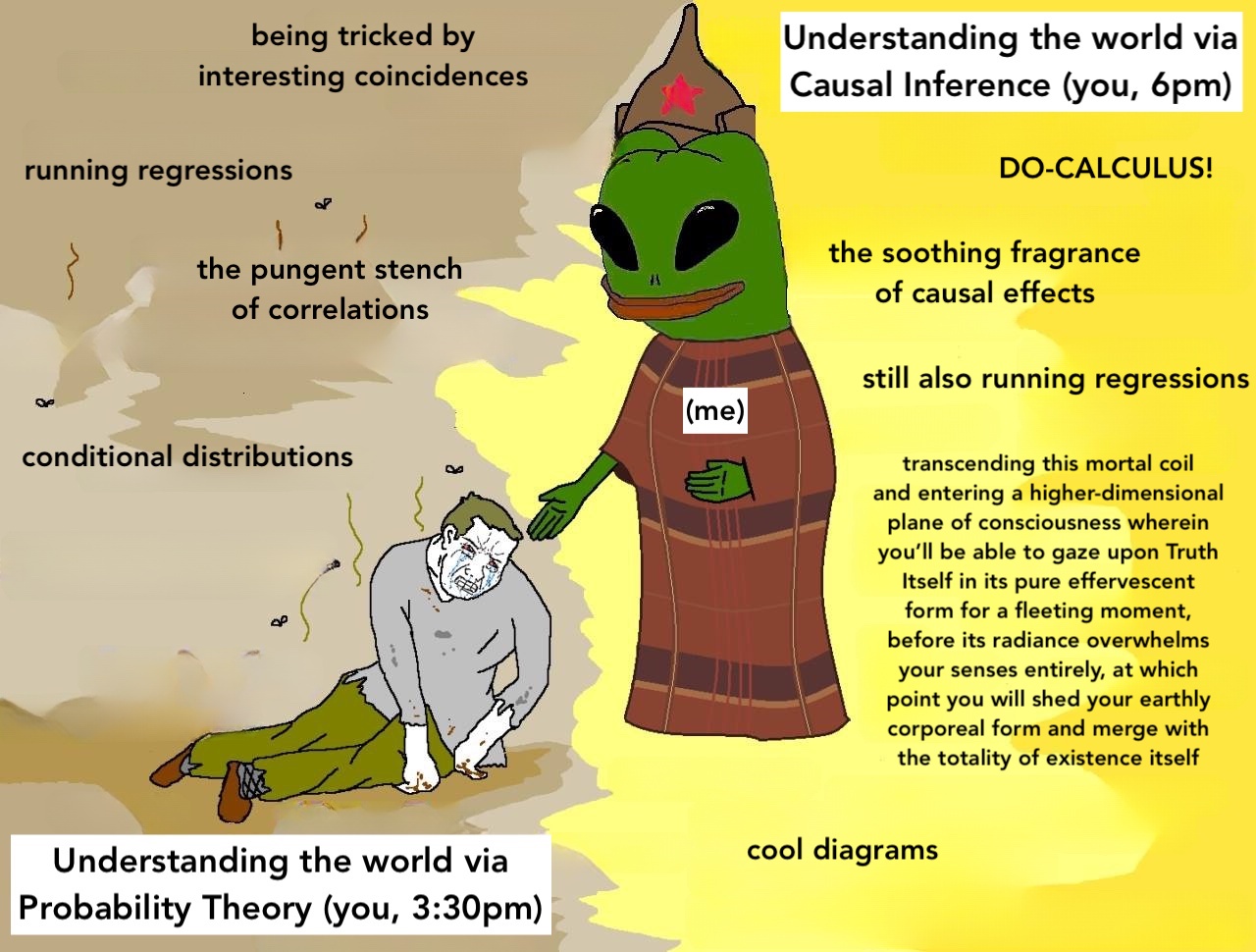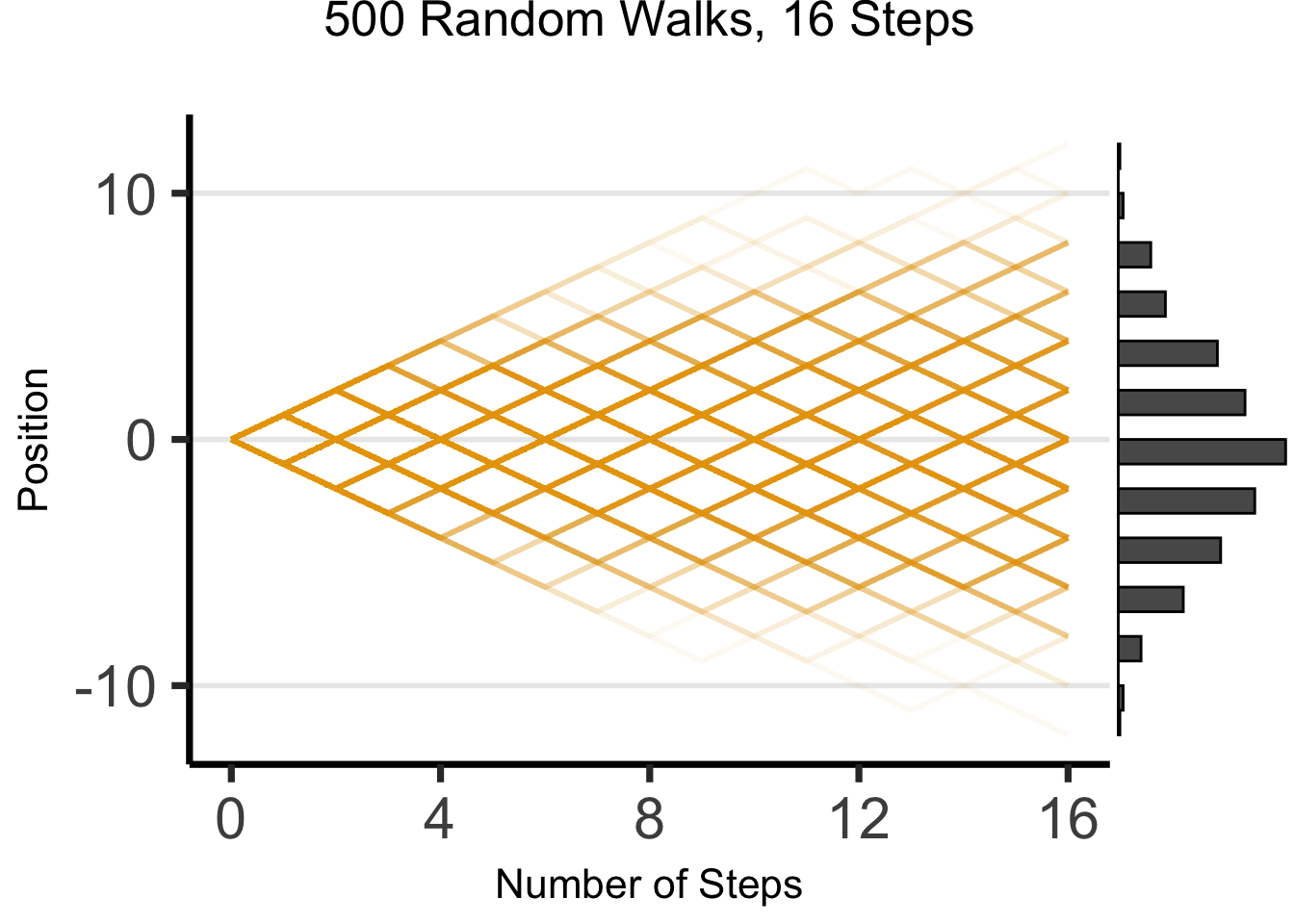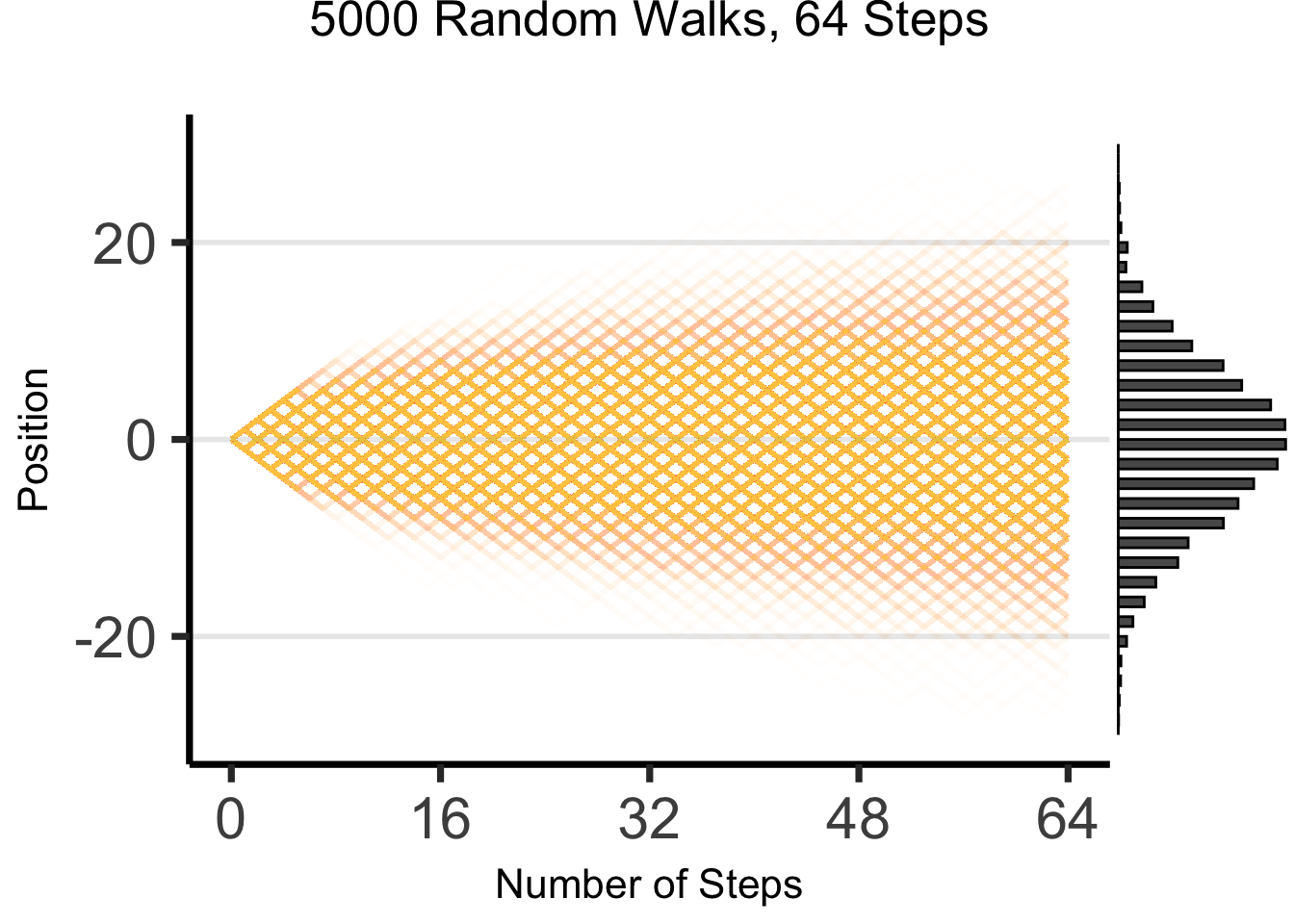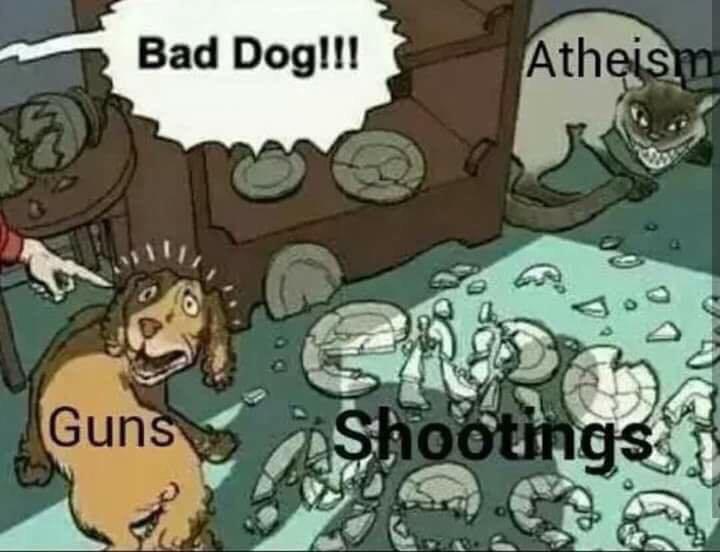# For slides
library(ggplot2)
cbPalette <- c("#E69F00", "#56B4E9", "#009E73", "#F0E442", "#0072B2", "#D55E00", "#CC79A7")
options(ggplot2.discrete.colour = cbPalette)
# Theme generator, for given sizes
theme_dsan <- function(plot_type = "full") {
if (plot_type == "full") {
custom_base_size <- 16
} else if (plot_type == "half") {
custom_base_size <- 22
} else if (plot_type == "quarter") {
custom_base_size <- 28
} else {
# plot_type == "col"
custom_base_size <- 22
}
theme <- theme_classic(base_size = custom_base_size) +
theme(
plot.title = element_text(hjust = 0.5),
plot.subtitle = element_text(hjust = 0.5),
legend.title = element_text(hjust = 0.5),
legend.box.background = element_rect(colour = "black")
)
return(theme)
}
knitr::opts_chunk$set(fig.align = "center")
g_pointsize <- 5
g_linesize <- 1
# Technically it should always be linewidth
g_linewidth <- 1
g_textsize <- 14
remove_legend_title <- function() {
return(theme(
legend.title = element_blank(),
legend.spacing.y = unit(0, "mm")
))
}Week 6: Causality in Ethics and Policy
DSAN 5450: Data Ethics and Policy
Spring 2025, Georgetown University
Schedule
Today’s Planned Schedule:
| Start | End | Topic | |
|---|---|---|---|
| Lecture | 3:30pm | 3:45pm | Recaps / Clarifications → |
| 3:45pm | 4:00pm | Determinism \(\rightarrow\) Probability \(\rightarrow\) Causality → | |
| 4:00pm | 4:30pm | Fundamental Problem of Causal Inference → | |
| 4:30pm | 5:00pm | Do-Calculus → | |
| Break! | 5:00pm | 5:10pm | |
| 5:10pm | 6:00pm | Chalkboard Lab: DAGs for Colliders → |
Quick Clarifications / Recaps!
Clarification: Ecological Inference
- I gave the worst example for this: generalizing from population to single person (white people \(\rightarrow\) Jeff)!
- As Trey helpfully pointed out, this is the “obvious” fallacy of stereotyping a person based on group membership
- In reality, the “ecological fallacy” is more subtly (but just as fallacious-ly) committed from aggregate to slightly-less-aggregate populations!
- Example: DC Public Schools vs. Jackson-Reed
Causal Inference
The Intuitive But Boring Problem of Causal Inference
library(dplyr)
library(ggplot2)
ga_lawyers <- c(21362, 22254, 23134, 23698, 24367, 24930, 25632, 26459, 27227, 27457)
ski_df <- tibble::tribble(
~year, ~varname, ~value,
2000, "ski_revenue", 1551,
2001, "ski_revenue", 1635,
2002, "ski_revenue", 1801,
2003, "ski_revenue", 1827,
2004, "ski_revenue", 1956,
2005, "ski_revenue", 1989,
2006, "ski_revenue", 2178,
2007, "ski_revenue", 2257,
2008, "ski_revenue", 2476,
2009, "ski_revenue", 2438,
)
ski_mean <- mean(ski_df$value)
ski_sd <- sd(ski_df$value)
ski_df <- ski_df %>% mutate(val_scaled = 12*value, val_norm = (value - ski_mean)/ski_sd)
law_df <- tibble::tibble(year=2000:2009, varname="ga_lawyers", value=ga_lawyers)
law_mean <- mean(law_df$value)
law_sd <- sd(law_df$value)
law_df <- law_df %>% mutate(val_norm = (value - law_mean)/law_sd)
spur_df <- dplyr::bind_rows(ski_df, law_df)
ggplot(spur_df, aes(x=year, y=val_norm, color=factor(varname, labels = c("Ski Revenue","Lawyers in Georgia")))) +
stat_smooth(method="loess", se=FALSE) +
geom_point(size=g_pointsize/1.5) +
labs(
fill="",
title="Ski Revenue vs. Georgia Lawyers",
x="Year",
color="Correlation: 99.2%",
linetype=NULL
) +
theme_dsan() +
scale_x_continuous(
breaks=seq(from=2000, to=2014, by=2)
) +
#scale_y_continuous(
# name="Total Revenue, Ski Facilities (Million USD)",
# sec.axis = sec_axis(~ . * law_sd + law_mean, name = "Number of Lawyers in Georgia")
#) +
scale_y_continuous(breaks = -1:1,
labels = ~ . * round(ski_sd,1) + round(ski_mean,1),
name="Total Revenue, Ski Facilities (Million USD)",
sec.axis = sec_axis(~ . * law_sd + law_mean, name = "Number of Lawyers in Georgia")) +
expand_limits(x=2010) +
#geom_hline(aes(yintercept=x, color="Mean Values"), as.data.frame(list(x=0)), linewidth=0.75, alpha=1.0, show.legend = TRUE) +
scale_color_manual(
breaks=c('Ski Revenue', 'Lawyers in Georgia'),
values=c('Ski Revenue'=cbPalette[1], 'Lawyers in Georgia'=cbPalette[2])
)`geom_smooth()` using formula = 'y ~ x'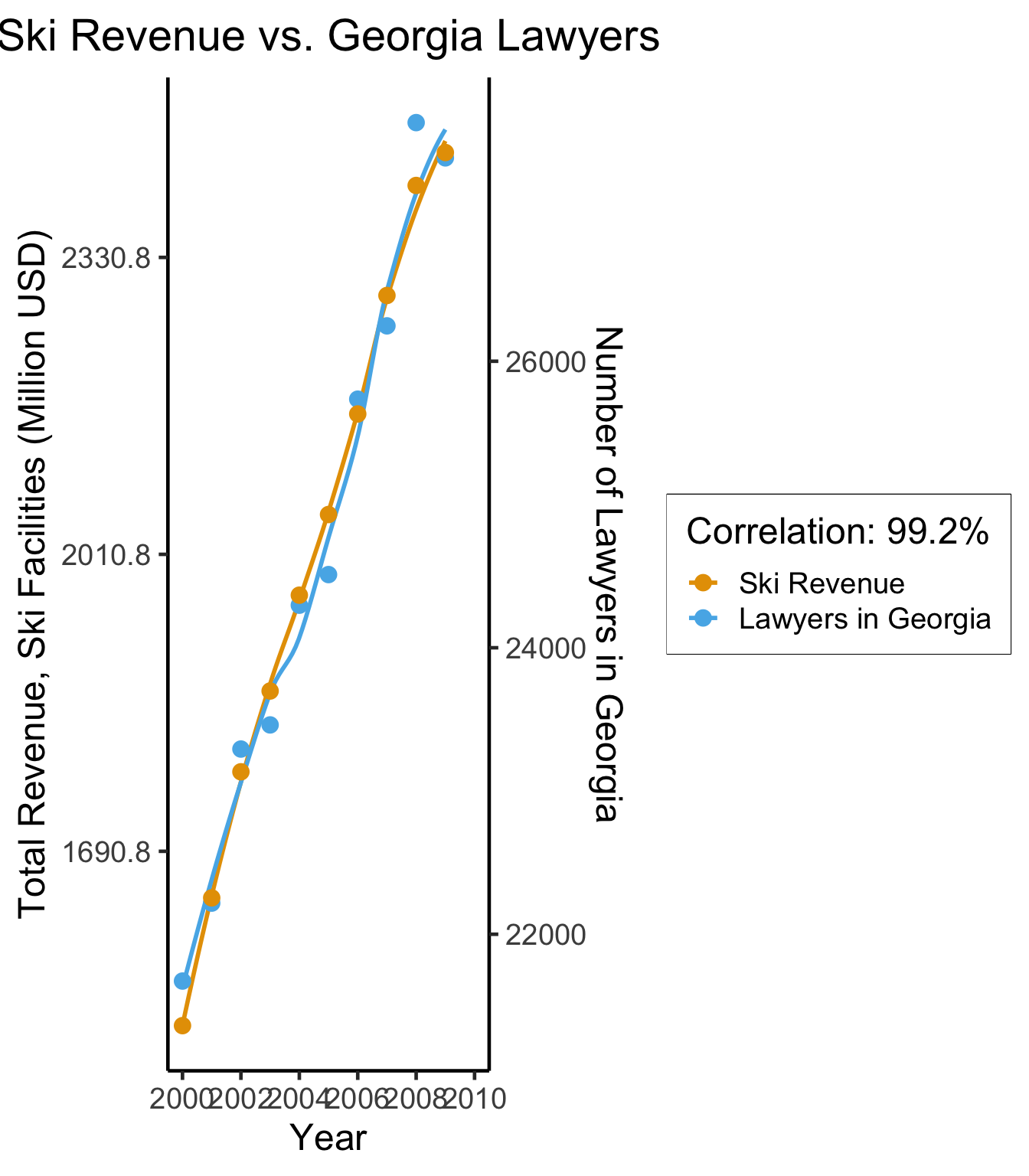
cor(ski_df$value, law_df$value)[1] 0.9921178(Based on Spurious Correlations, Tyler Vigen)
- This, however, is only a mini-boss. Beyond it lies the truly invincible FINAL BOSS… 🙀
The Fundamental Problem of Causal Inference
The only workable definition of “\(X\) causes \(Y\)”:
- The problem? We live in one world, not two identical worlds simultaneously 😭
What Is To Be Done?
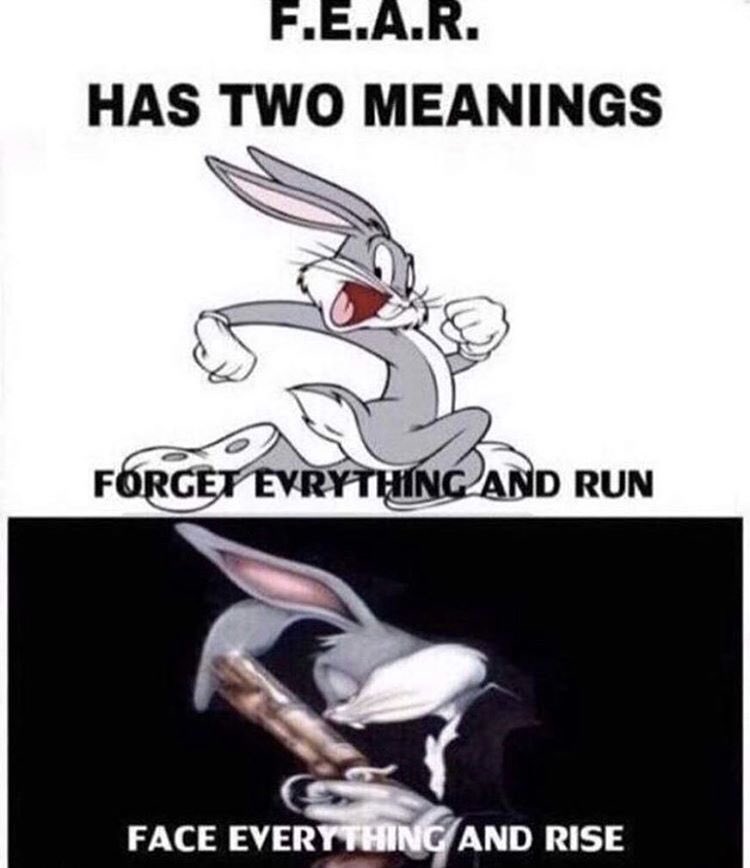
Face Everything And Rise: Controlled, Randomized Experiment Paradigm
- Find good comparison cases: Treatment and Control
- Without a control group, you cannot make inferences!
- Selecting on the dependent variable…
Selecting on the Dependent Variable
- Jeff’s ABHYSIOWDCI claim: If we care about intervening to reduce social ills, this literally has negative value (Goes up to zero value if you don’t publish it though! 😉)
(Annoying But Hopefully You’ll See the Importance Once We Digest Causal Inference… a standard term in The Sciences)
Complications: Selection
- Tldr: Why did this person (unit) end up in the treatment group? Why did this other person (unit) end up in the control group?
- Are there systematic differences?
- “““Vietnam”“” “““War”“” Draft: Why can’t we just study [men who join the military] versus [men who don’t], and take the difference as a causal estimate?
The Solution: Matching
(W02 we looked at propensity score matching… kind of the Naïve Bayes of matching)
- Controlled experiment: we can ensure (since we have control over the assignment mechanism) the only systematic difference between \(C\) and \(T\) is: \(T\) received treatment, \(C\) did not
- In an observational study, we’re “too late”! Thus, we no longer refer to assignment but to selection
- Our job is to reverse engineer the selection mechanism, then correct for its non-randomness. Spoiler: “transform” observational \(\rightarrow\) experimental via weighting.
- That’s the gold at end of rainbow. The rainbow itself is…
Do-Calculus
Our Data-Generating Process
- \(Y\): Future success, \(\mathcal{R}_Y = \{0, 1\}\)
- \(E\): Private school education, \(\mathcal{R}_E = \{0, 1\}\)
- \(V\): Born into poverty, \(\mathcal{R}_V = \{0, 1\}\)
- Sample independent RVs \(U_1 \sim \mathcal{B}(1/2)\), \(U_2 \sim \mathcal{B}(1/3)\), \(U_3 \sim \mathcal{B}(1/3)\)
- \(V \leftarrow U_1\)
- \(E \leftarrow \textsf{if }(V = 1)\textsf{ then } 0\textsf{ else }U_2\)
- \(Y \leftarrow \textsf{if }(V = 1)\textsf{ then }0\textsf{ else }U_3\)
Chalkboard Time…
- \(\Pr(Y = 1) = \; ?\)
- \(\Pr(Y = 1 \mid E = 1) = \; ?\)
Top Secret Answers Slide (Don’t Peek)
- \(\Pr(Y = 1) = \frac{1}{6}\)
- \(\Pr(Y = 1 \mid E = 1) = \frac{1}{3}\)
- \(\overset{✅}{\implies}\) One out of every three private-school graduates is successful, vs. one out of every six graduates overall
- \(\overset{❓}{\implies}\) Private school doubles likelihood of success!
- Latter is only true if intervening/changing/doing \(E = 0 \leadsto E = 1\) is what moves \(\Pr(Y = 1)\) from \(\frac{1}{6}\) to \(\frac{1}{3}\)!
Chalkboard Time 2: Electric Boogaloo
- \(\Pr(Y = 1) = \frac{1}{6}\)
- \(\Pr(Y = 1 \mid E = 1) = \frac{1}{3}\)
- \(\Pr(Y = 1 \mid \textsf{do}(E = 1)) = \; ?\)
- Here, \(\textsf{do}(E = 1)\) means diving into the DGP below the surface and changing it so \(E = 1\)… Setting \(E\) to be \(1\)
- Sample independent RVs \(U_1 \sim \mathcal{B}(1/2)\), \(U_2 \sim \mathcal{B}(1/3)\), \(U_3 \sim \mathcal{B}(1/3)\)
- \(V \leftarrow U_1\)
- \(E \leftarrow \textsf{if }(V = 1)\textsf{ then } 0\textsf{ else }U_2\)
- \(Y \leftarrow \textsf{if }(V = 1)\textsf{ then }0\textsf{ else }U_3\)
Double Quadruple Secret Answer Slide
- \(\Pr(Y = 1) = \frac{1}{6}\)
- \(\Pr(Y = 1 \mid E = 1) = \frac{1}{3}\)
- \(\Pr(Y = 1 \mid \textsf{do}(E = 1)) = \frac{1}{6}\)
- The takeaway:
- \(\Pr(Y = 1 \mid E = 1) < \Pr(Y = 1)\), but
- \(\Pr(Y = 1 \mid \textsf{do}(E = 1)) = \Pr(Y = 1)\)
The Problem of Colliders
- \(X\) and \(Y\) are diseases which occur independently, no interrelationship, with probability \(1/3\)
- Either \(X\) or \(Y\) sufficient for admission to hospital, \(Z\)
- We have: \(X \rightarrow Z \leftarrow Y\) [🚨 Collider alert!]
What’s the Issue?
If we only have data on patients (\(Z = 1\)), observing \(X = 1\) lowers \(\Pr(Y = 1)\), despite the fact that \(X \perp Y\)!
\(X \perp Y\), but \((X \not\perp Y) \mid Z\)
The moral: controlling for stuff does not necessarily solve problem of causal inference, and can actually make it worse (inducing correlations where they don’t actually exist) 😭
The Causal Trinity: When Controlling for Stuff Helps
- Fork: Controlling helps!
- Confounder: Controlling helps!
- Collider: Controlling makes things worse 😞
The Final Diagrammatic Boss: SWIGs
- Single World Intervention Graphs

